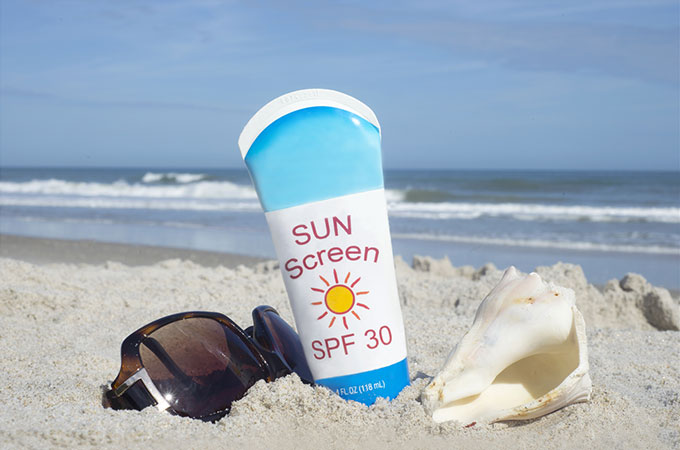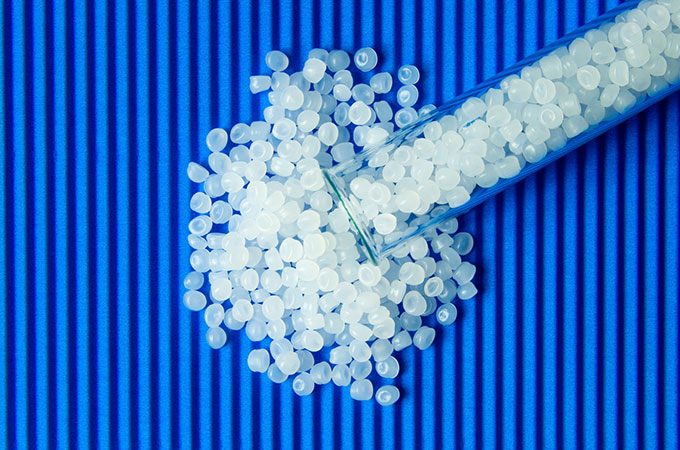In the dynamic landscape of healthcare technology, one material stands out as a key player in the evolution of wearable medical devices – medical silicone. This versatile and innovative material has been instrumental in revolutionizing the design and functionality of wearable devices, ushering in a new era of flexible care.
The Rise of Wearable Medical Devices
Transforming Patient Engagement
Wearable medical devices have become integral to modern healthcare, offering patients a more active role in monitoring and managing their health. From fitness trackers to continuous glucose monitors, these devices provide real-time data that empowers individuals to make informed decisions about their well-being.
The Need for Flexibility
As the demand for wearable devices grows, so does the need for materials that can withstand the rigors of constant movement and flexibility. This is where medical silicone takes center stage, offering a unique combination of flexibility, durability, and biocompatibility.
The Role of Medical Silicone
Flexibility Redefined
Medical silicone's inherent flexibility makes it an ideal choice for wearable devices that need to conform to the contours of the body. Unlike rigid materials, silicone allows for comfortable wear, enabling users to seamlessly integrate these devices into their daily lives.
Skin-Friendly Comfort
One of the standout features of medical silicone is its skin-friendly nature. Wearable devices made with medical-grade silicone are hypoallergenic and gentle on the skin, minimizing the risk of irritation or discomfort even during extended wear. This is particularly crucial for patients with sensitive skin or chronic conditions requiring continuous monitoring.
Biocompatibility for Health and Safety
Medical silicone is renowned for its biocompatibility, meaning it is well-tolerated by the human body. This makes it an ideal material for wearable devices that come in direct contact with the skin. The biocompatibility of silicone ensures that these devices can be worn for extended periods without causing adverse reactions.
Innovations in Wearable Medical Devices
Smart Patches for Continuous Monitoring
Medical silicone has enabled the development of smart patches that can monitor various health parameters continuously. These patches adhere comfortably to the skin, collecting and transmitting data in real time. This has proven especially beneficial for patients with chronic conditions such as diabetes or cardiovascular issues.
Flexible Sensors for Unobtrusive Monitoring
The flexibility of medical silicone allows for the integration of sensors into thin, unobtrusive wearable devices. This has paved the way for discreet monitoring of vital signs, contributing to a more unencumbered and convenient experience for patients.
Comfortable Prosthetics with Silicone Components
In the realm of prosthetics, medical silicone plays a pivotal role in creating comfortable and lifelike components. From silicone-based liners to flexible joints, these innovations enhance the comfort and functionality of prosthetic devices, promoting a higher quality of life for users.
The Future of Wearable Healthcare
Advancing Personalized Medicine
As wearable medical devices continue to evolve, the role of medical silicone in advancing personalized medicine becomes increasingly significant. The flexibility and adaptability of silicone enable the creation of devices tailored to individual patient needs, fostering a new era of patient-centric healthcare.
Integration with Emerging Technologies
Medical silicone is at the forefront of the integration of emerging technologies such as artificial intelligence and internet of things (IoT) in wearable devices. This synergy opens up new possibilities for remote monitoring, predictive analytics, and personalized healthcare interventions.
In conclusion, medical silicone is playing a transformative role in the development of wearable medical devices, bringing a new level of flexibility and comfort to patient care. As technology continues to advance, the synergy between medical silicone and wearable healthcare solutions holds the promise of a more connected, personalized, and flexible future in healthcare. The era of flexible care has arrived, and medical silicone is at the heart of this revolution.
 English
English 日本語
日本語 한국어
한국어 français
français Deutsch
Deutsch Español
Español italiano
italiano русский
русский português
português العربية
العربية tiếng việt
tiếng việt


